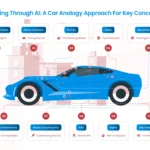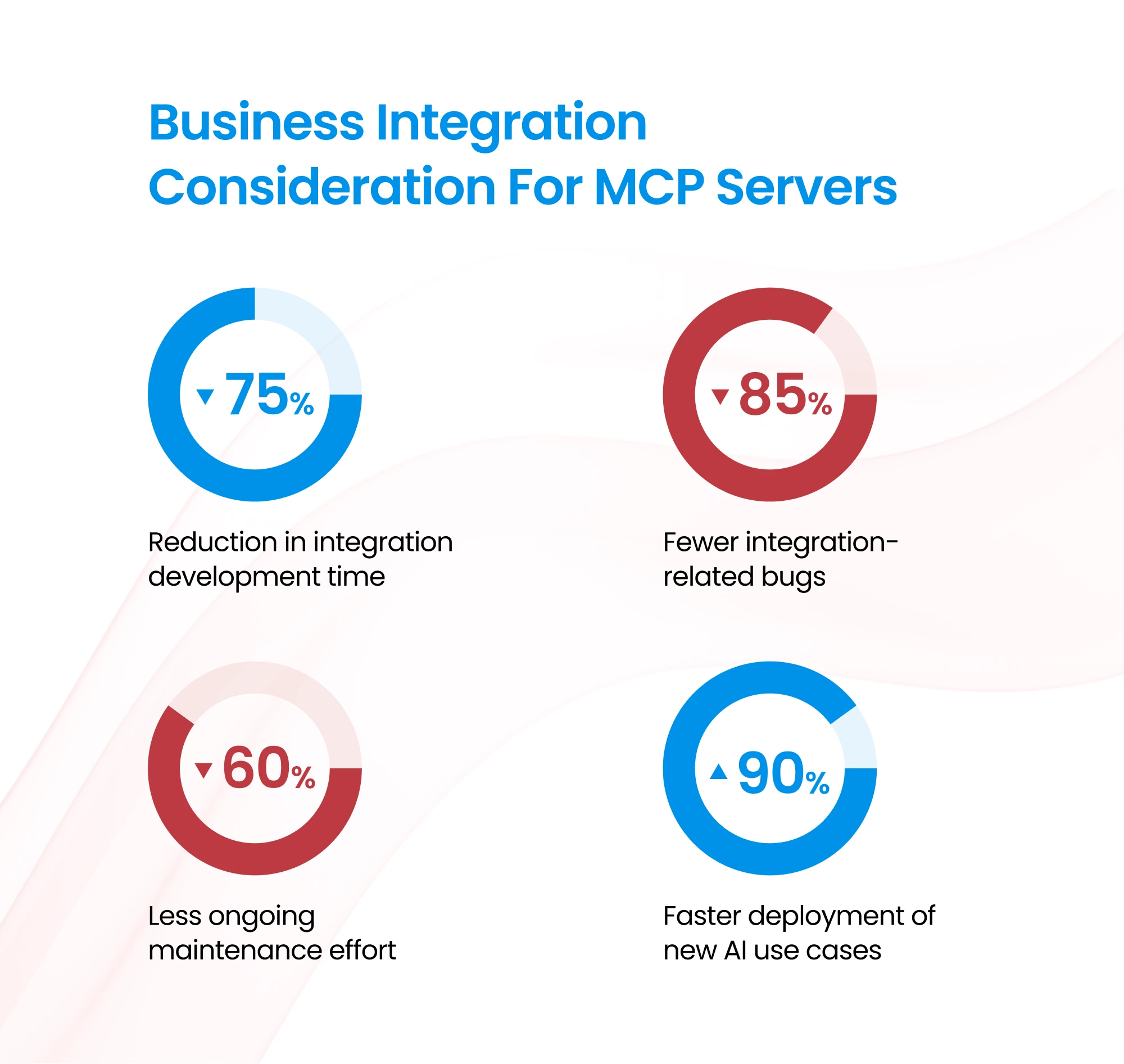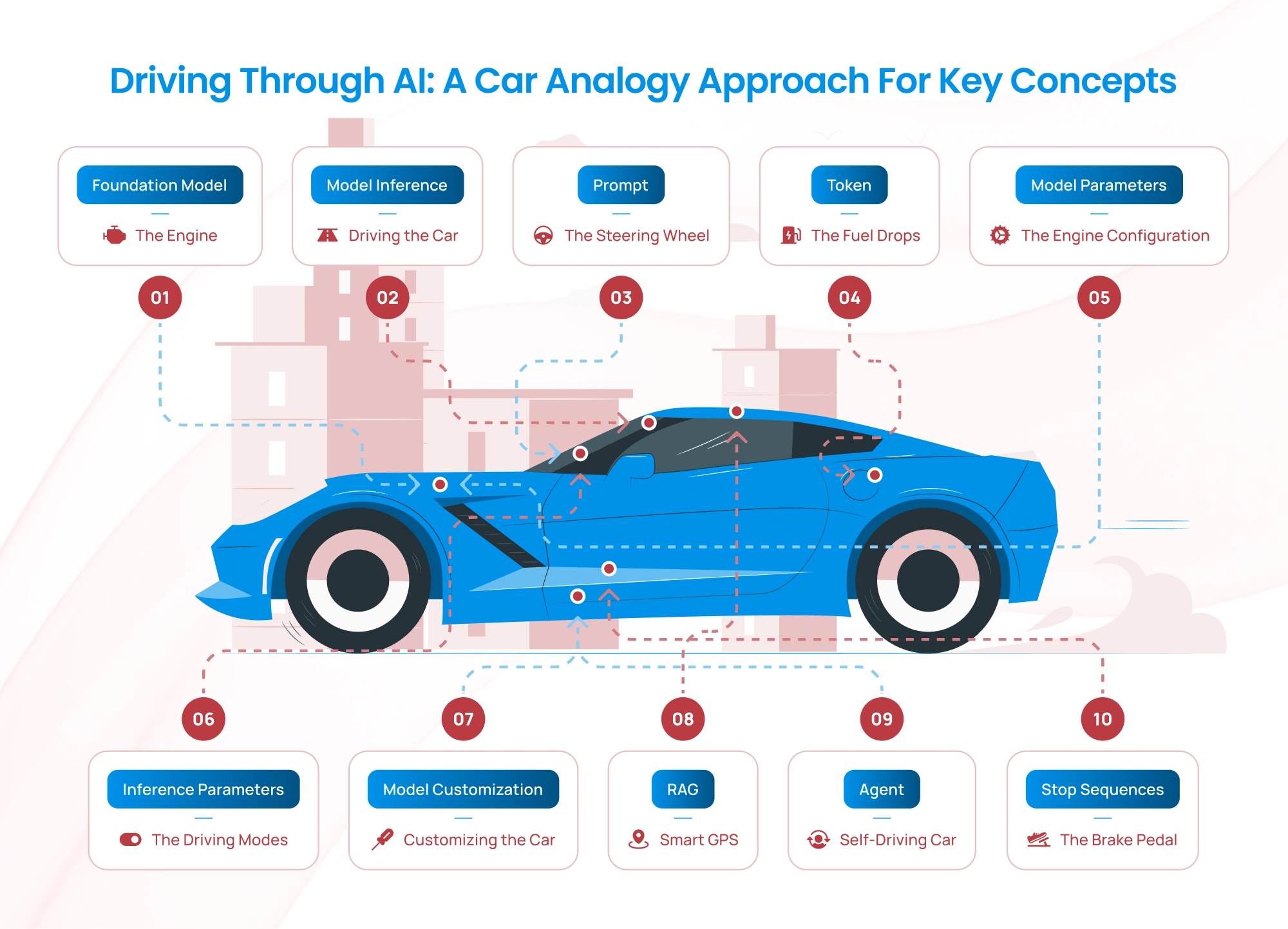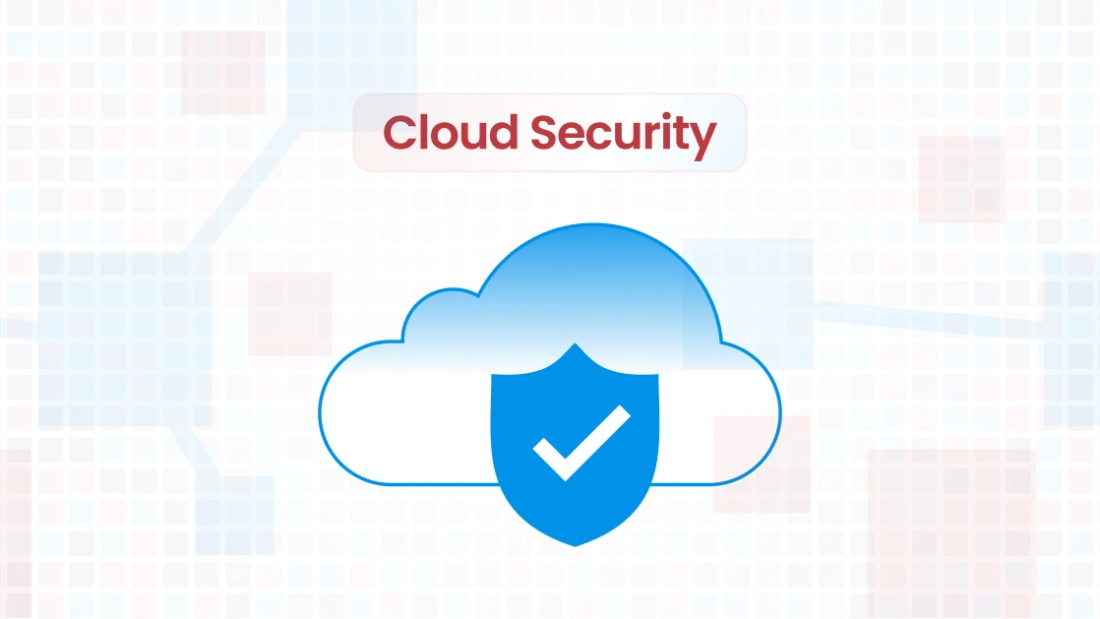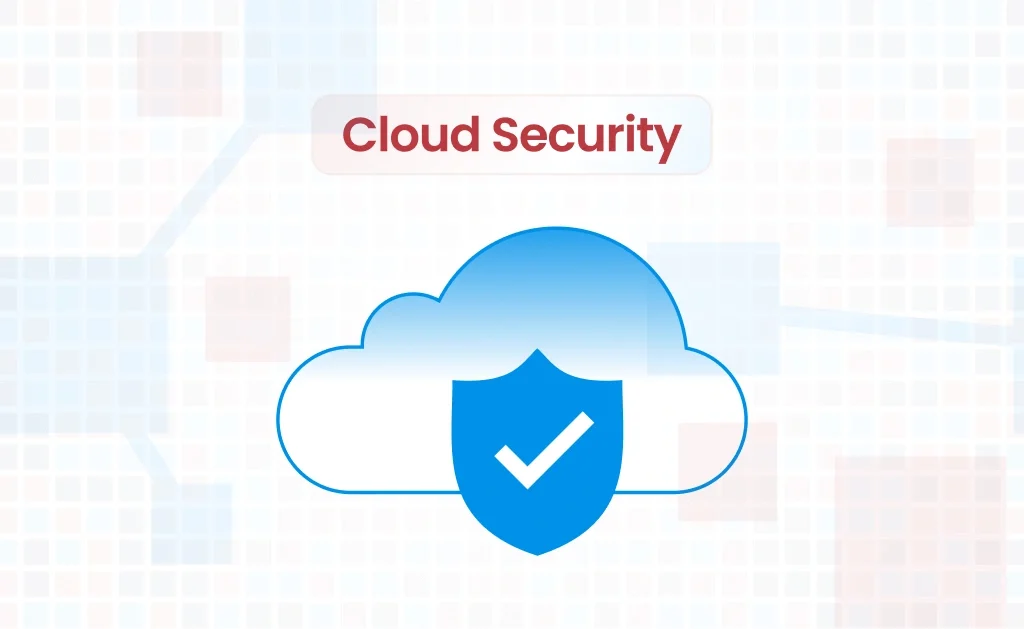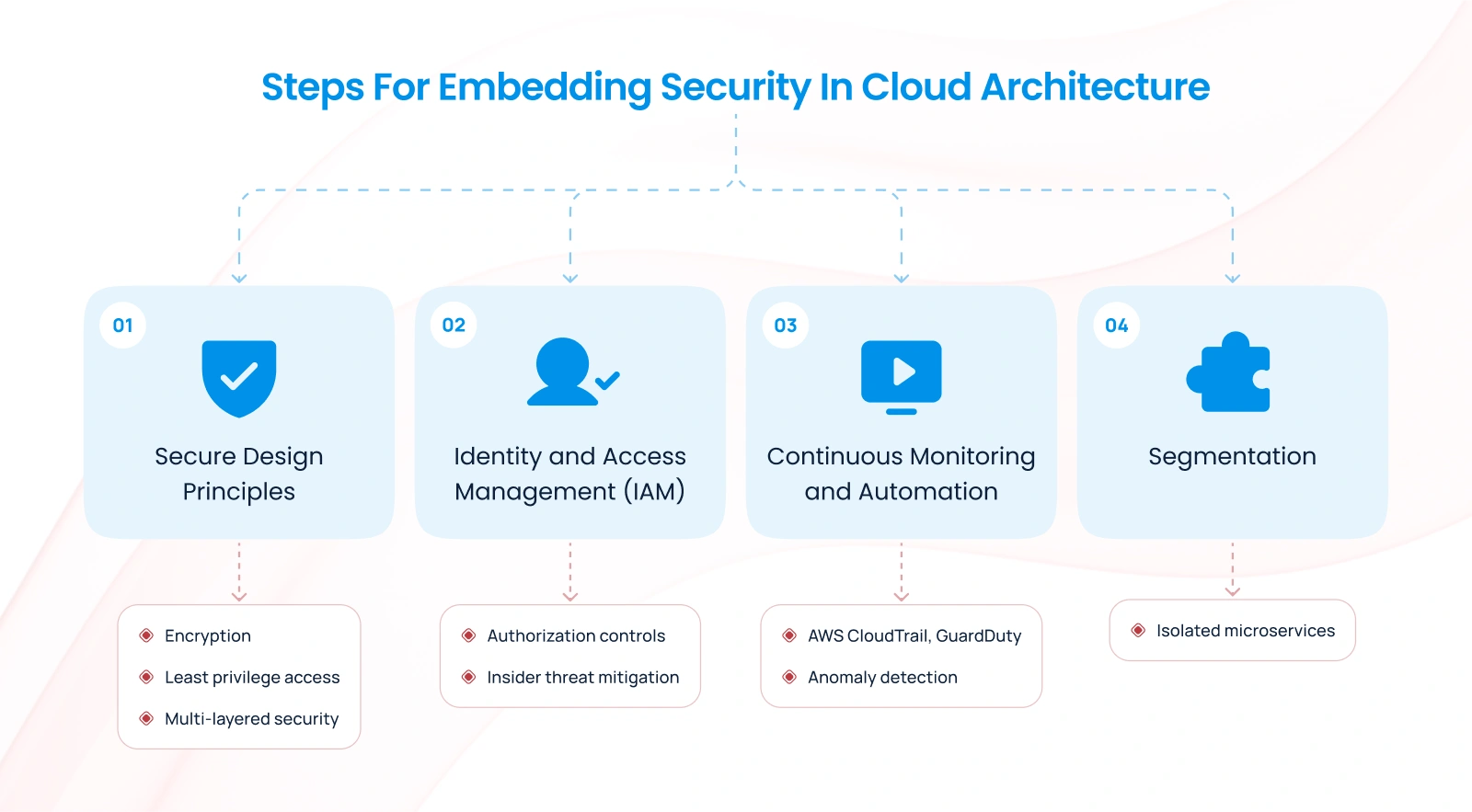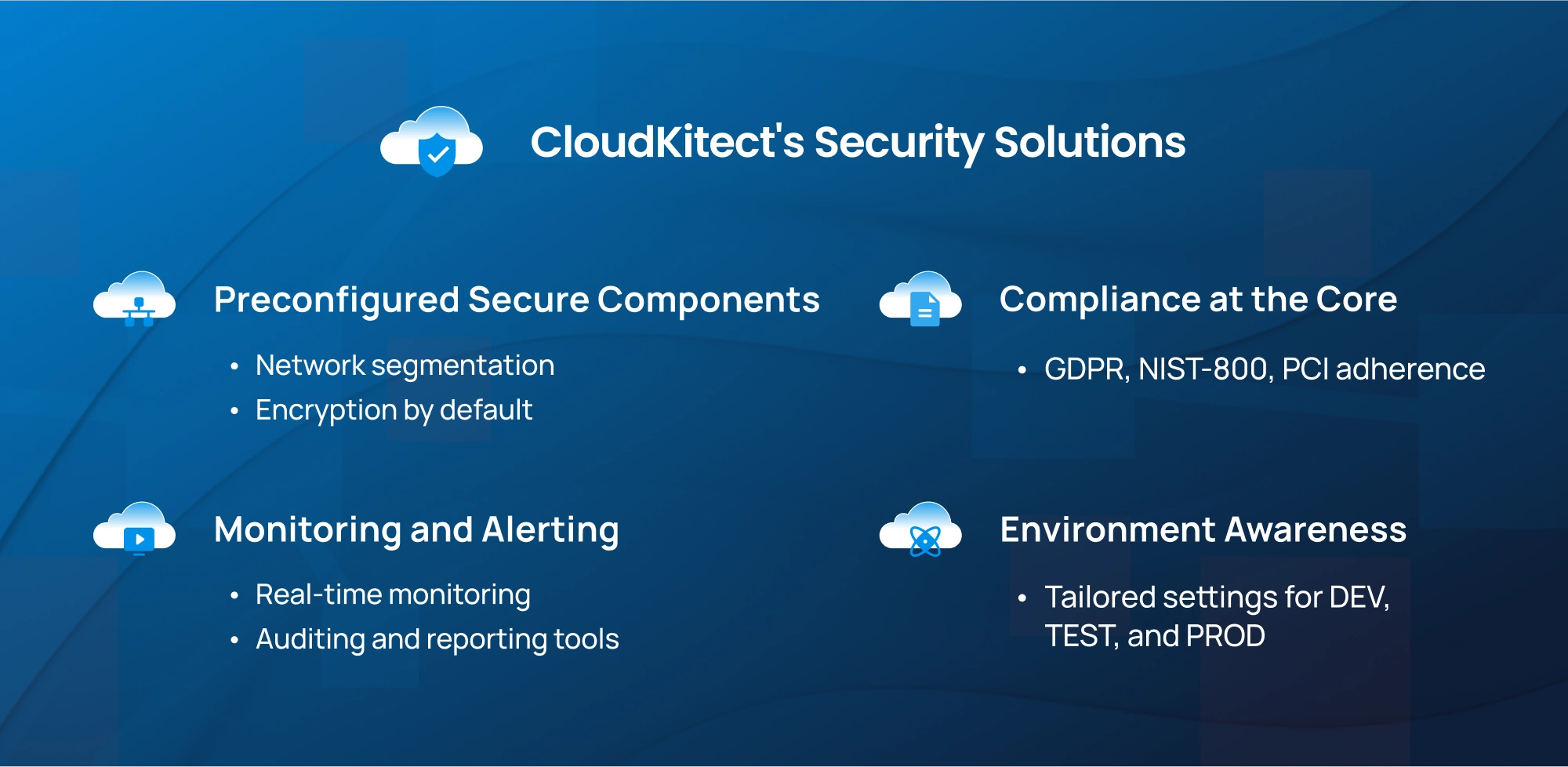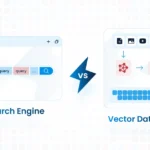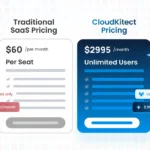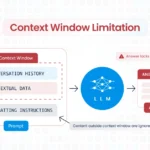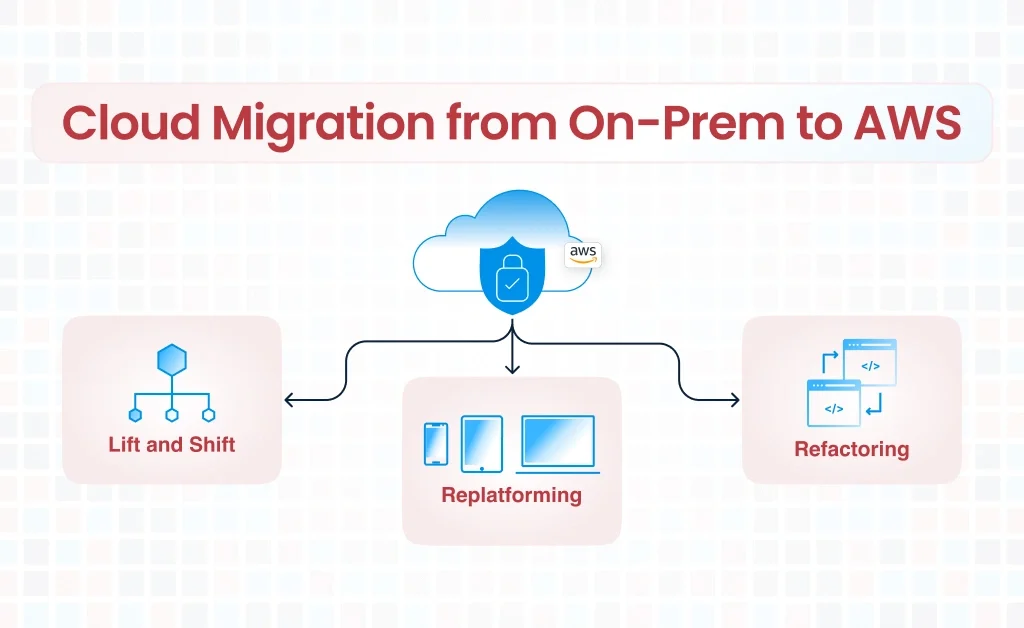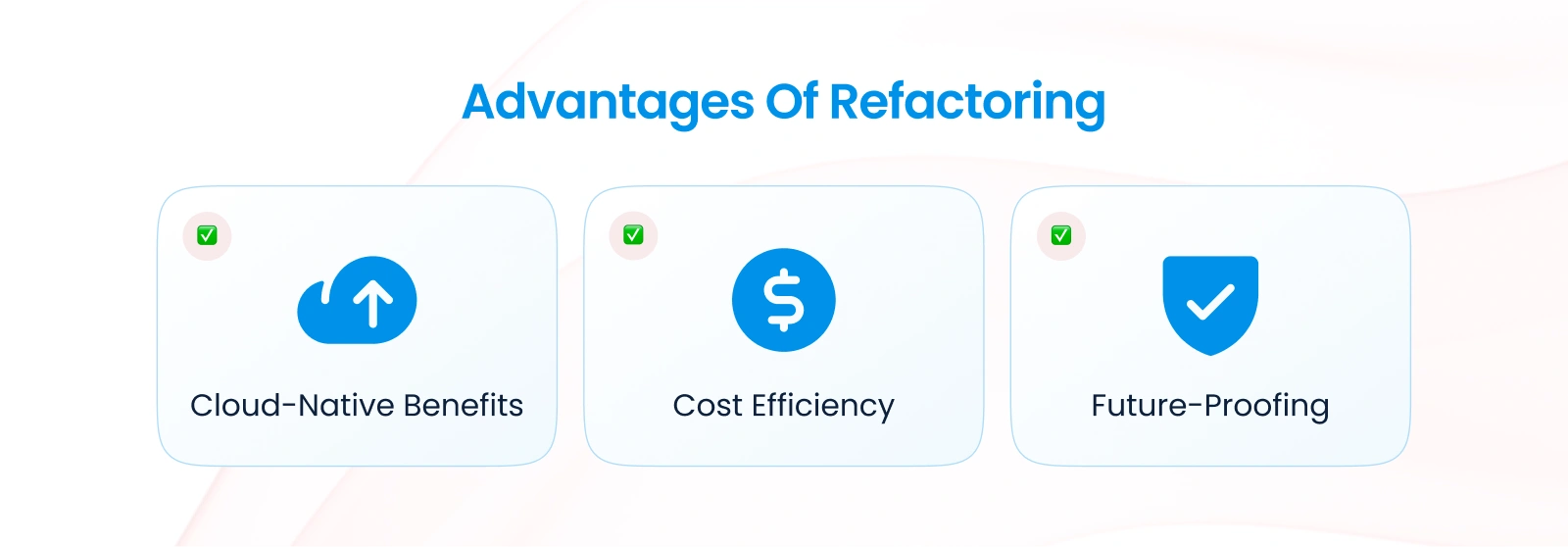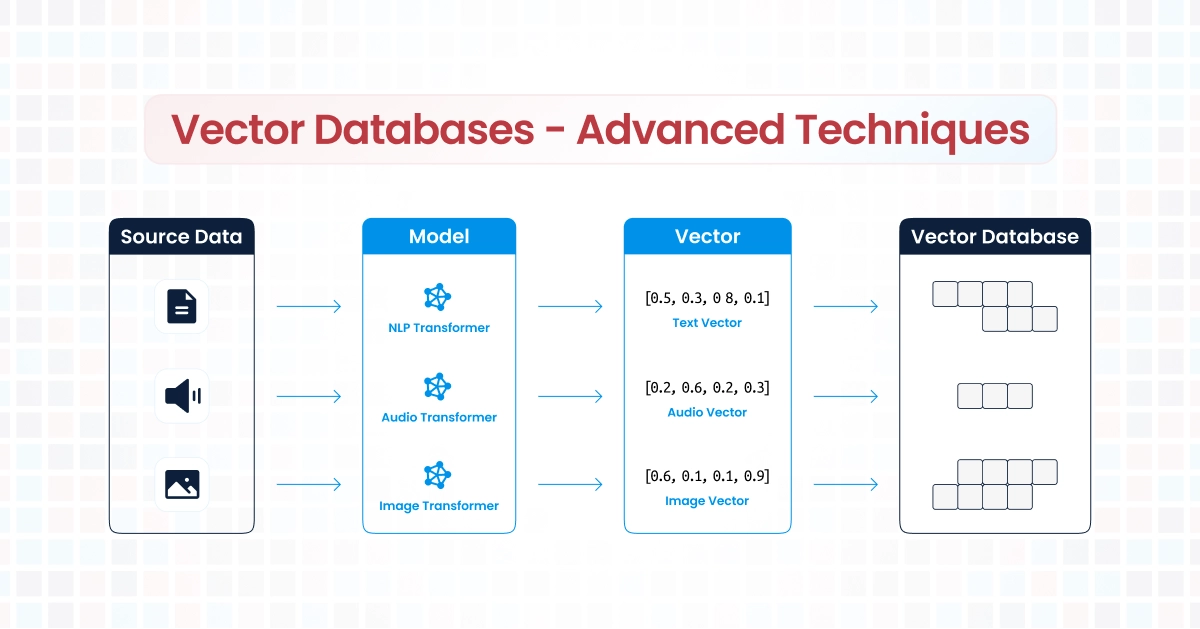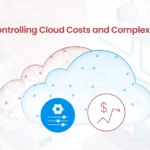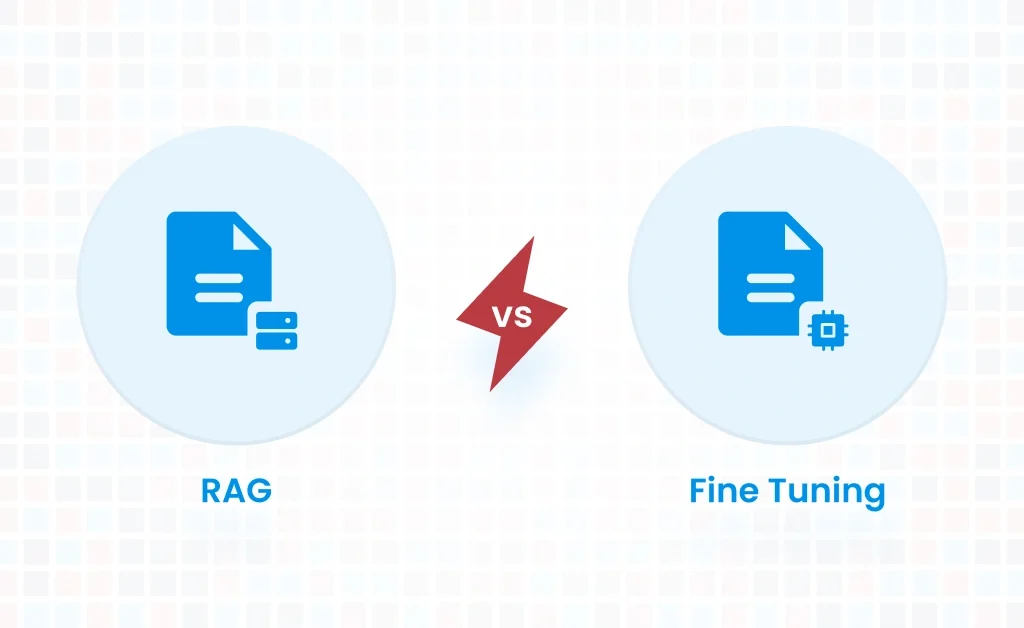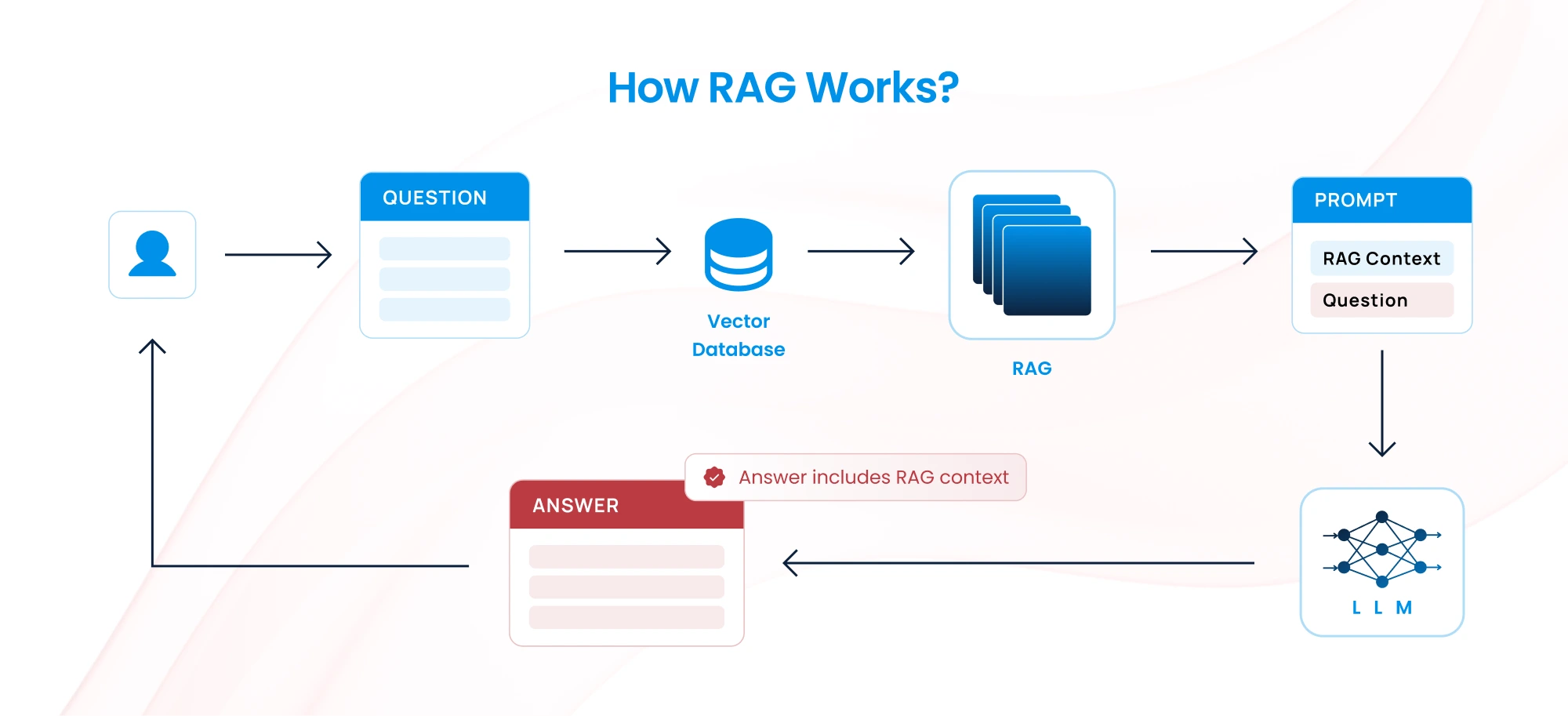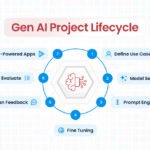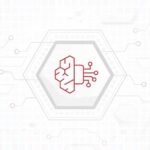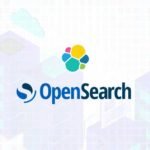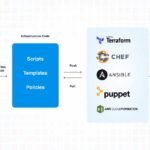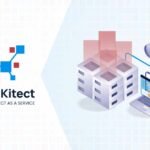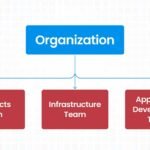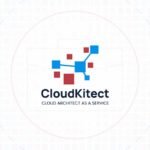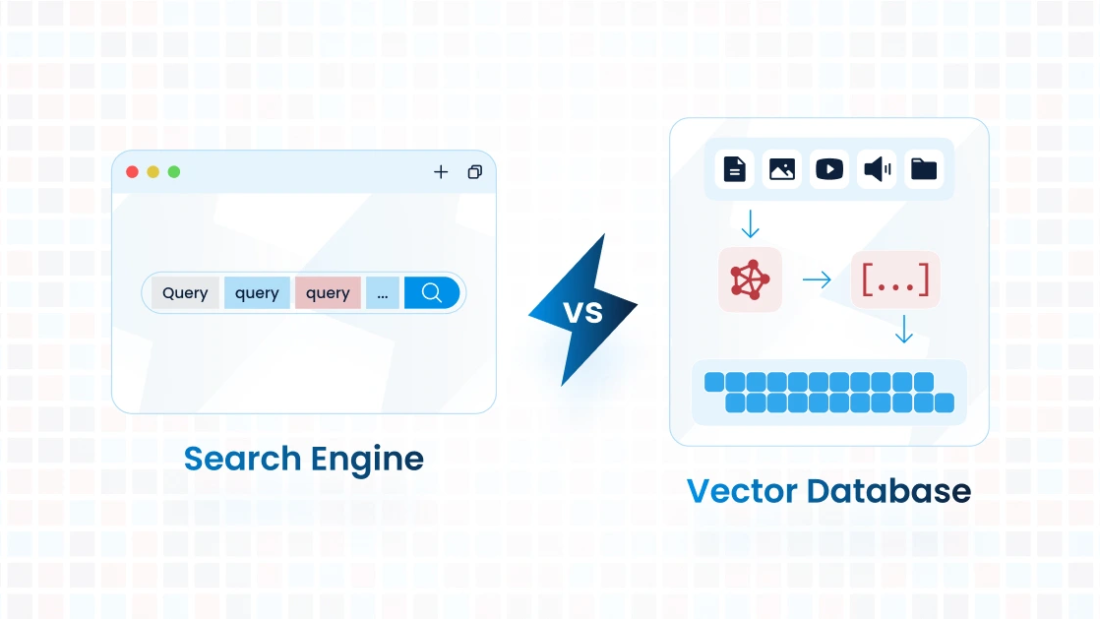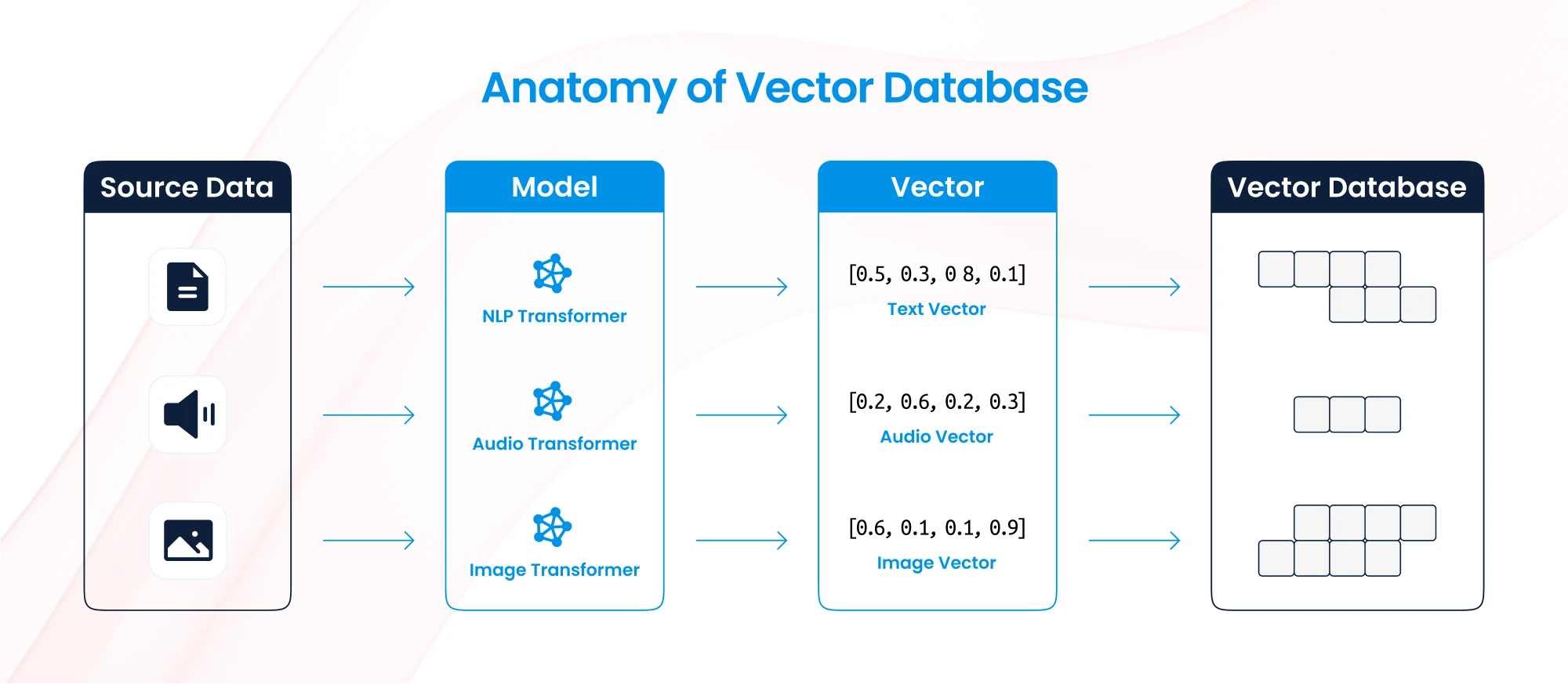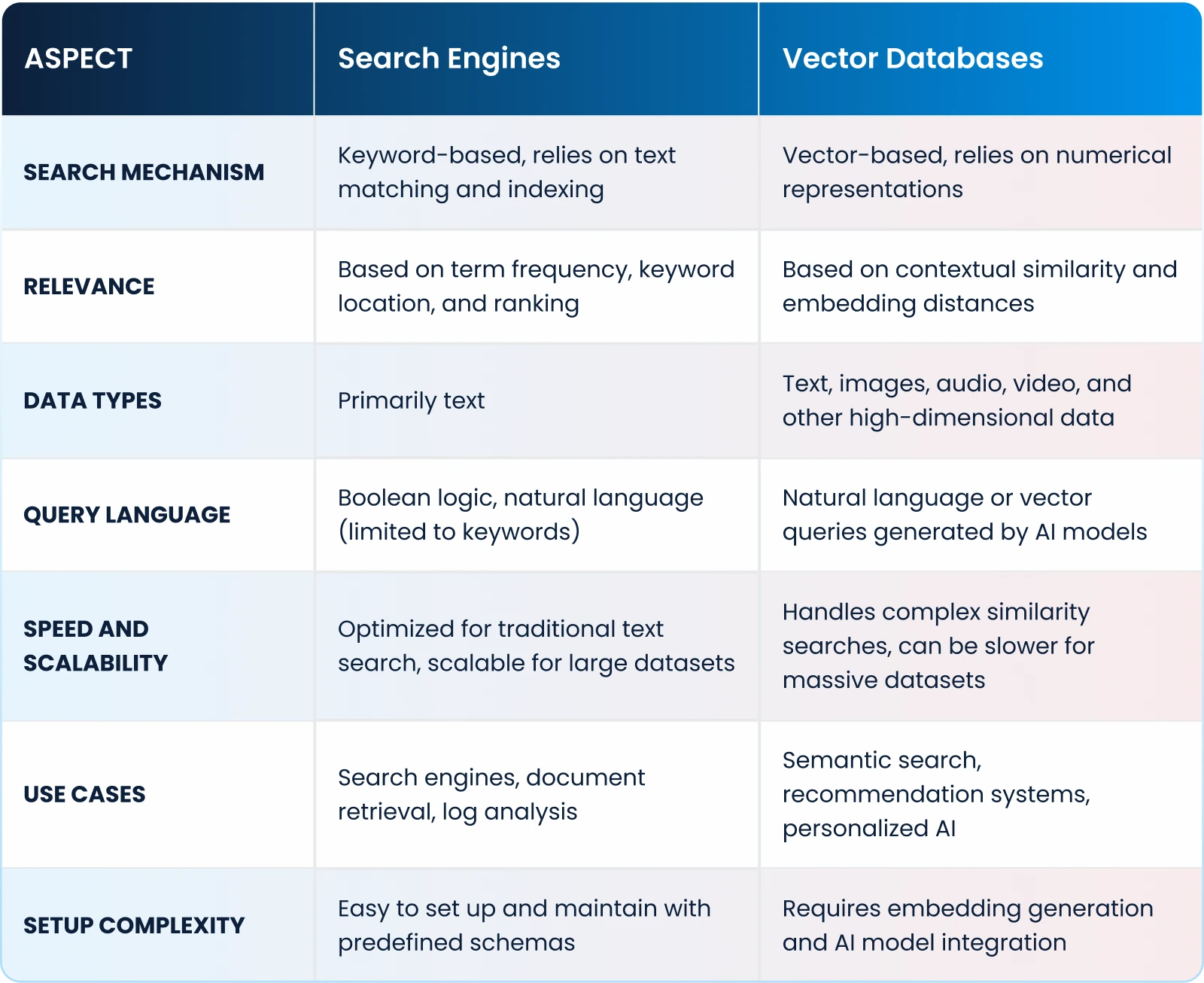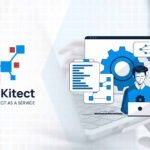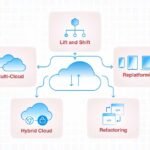Artificial Intelligence (AI) is transforming how enterprises operate. Yet, despite the rapid adoption of generative AI and large language models, many organizations are hitting a wall. Why? Because AI agents without access to internal systems are like brilliant minds with blindfolds on — full of potential but unable to act meaningfully.
Let’s break down the problem — and the solution.
Why Enterprises Need MCP Servers
Most AI platforms shine in public contexts but fall short in enterprise settings where data is siloed behind firewalls and compliance boundaries. For AI agents to automate real-world tasks like audit checks, customer support, compliance enforcement, or operational triage, they must interact with private systems: databases, ERPs, document stores, or internal APIs.
This is where Model Context Protocol (MCP) servers come into play. MCP servers act as the secure execution layer for AI agents, enabling them to:
- Fetch data from internal systems
- Trigger actions (e.g., create tickets, update records)
- Maintain stateful conversations across workflows
- Enforce security and compliance at every step
Without MCP servers, AI agents operate in isolation — clever, but ultimately powerless in real enterprise environments.
The Challenge: Secure, Scalable Infrastructure Isn’t Easy
Building cloud infrastructure for MCP servers is no small feat. Enterprises must balance scalability, security, performance, and access control. A scalable MCP setup typically requires:
- VPCs with granular subnetting
- IAM roles with least privilege access
- Secure networking (VPNs, NATs, gateways)
- Logging, monitoring, and auto-scaling
- High-availability architecture
- Compliance enforcement (e.g., HIPAA, SOC2)
Not only does this take time, but it demands deep cloud expertise and ongoing maintenance — delaying AI rollout and inflating operational costs.
The CloudKitect Solution: Launch MCP Servers in Minutes, Not Months
CloudKitect eliminates the complexity of infrastructure design by offering pre-built Infrastructure-as-Code (IaC) blueprints tailored for scalable MCP server hosting. With just a few configuration inputs, you can launch MCP servers in the flavor that fits your needs — all while staying compliant and secure.
Let’s explore your options:
🛡️ Isolated MCP Servers
- Use Case: High-compliance environments (e.g., healthcare, finance)
- Access: No internet connectivity
- Integration: Only connects to internal, isolated systems such as internal databases, secure data stores, or compliance engines
- Security Profile: Maximum isolation, ideal for regulated workflows
With Isolated MCPs, your agents operate entirely within a sealed network — perfect for when data cannot leave the perimeter.
🔒 Private MCP Servers
- Use Case: Internal AI workflows with controlled internet access
- Access: No public ingress, but outbound access enabled
- Integration: Can reach external APIs (e.g., SaaS platforms), while remaining invisible from the public web
- Security Profile: Balanced between functionality and control
Private MCPs are ideal when your agents need to pull external data (e.g., from a cloud CRM) while still respecting zero-trust architecture principles.
🌐 Public MCP Servers
- Use Case: Customer-facing bots, open assistants, or integrations requiring public interaction
- Access: Publicly accessible over the internet
- Integration: Supports both inbound and outbound requests
- Security Profile: Hardened for public exposure, great for demos, chat widgets, and partner integrations
Public MCPs provide the full flexibility of open communication channels — ideal for use cases that demand internet-scale availability.
CloudKitect: AI-Ready Infra in Your Control
Whether you’re launching your first AI agent or scaling an entire fleet of internal copilots, CloudKitect helps you:
✅ Launch MCPs that match your compliance and access requirements
✅ Automate secure VPC, IAM, and networking setup
✅ Reduce months of infrastructure work into a few clicks
✅ Stay flexible as your AI use cases grow
Ready to Deploy Your AI Agents with Confidence?
With CloudKitect’s plug-and-play infrastructure modules, deploying secure and scalable MCP servers becomes a matter of minutes — not months. Stop letting infrastructure slow down your AI transformation.
👉 Contact us to explore which MCP server deployment strategy works best for your use case.
Launch your MCP Server today!
Search Blog
About us
CloudKitect revolutionizes the way technology startups adopt cloud computing by providing innovative, secure, and cost-effective turnkey AI solution that fast-tracks the digital transformation. CloudKitect offers Cloud Architect as a Service.
Related Resources

Why MCP Servers Are Critical for Agentic AI —and How to Deploy Them Faster with CloudKitect
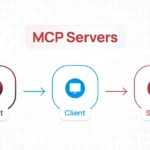
Building the Future of Agent Collaboration: A Comprehensive Guide to MCP Servers
